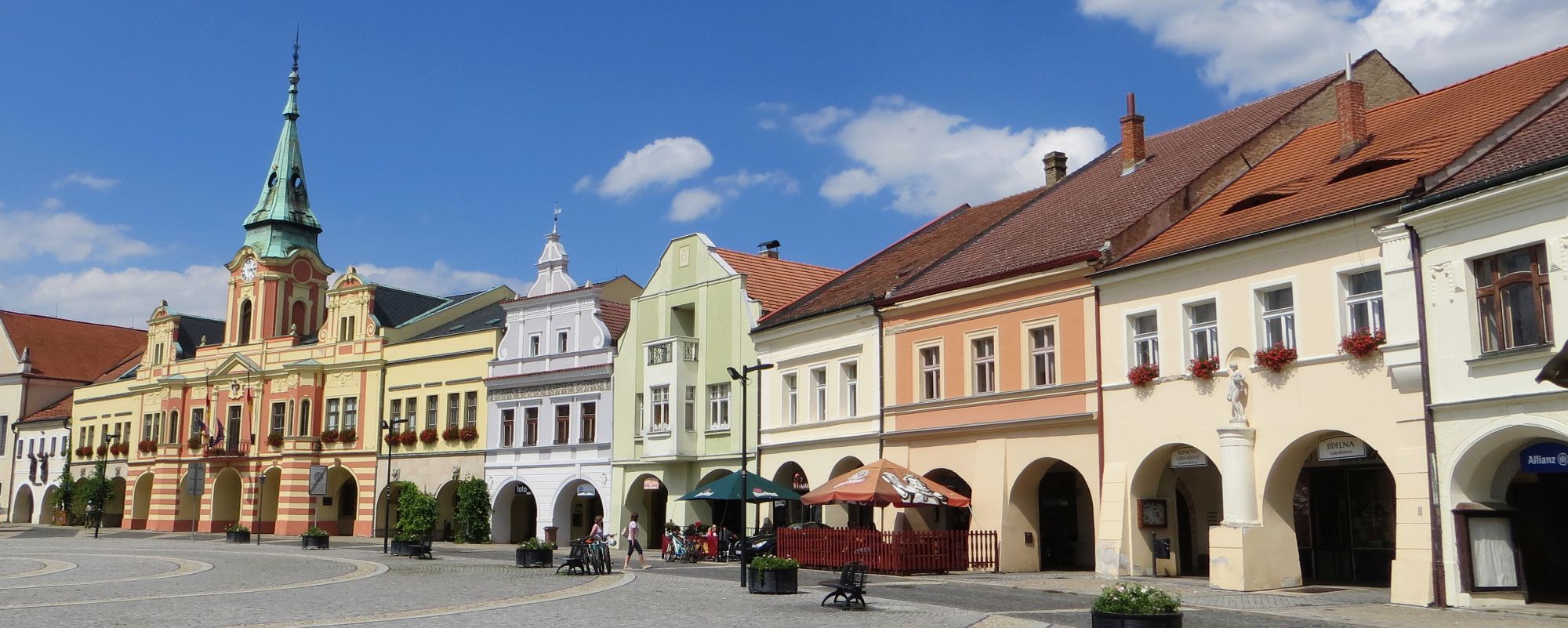A Forgotten Genius Rediscovered

Born to mixed Czech-Austrian parentage in the latter part of the 19th century, Jára Cimrman was a true Renaissance man who spent his life in tireless pursuit of many disciplines.
Despite having worn enough occupational hats in his life to have touched the lives of many other people and be remembered by them, Cimrman spent a period of time completely absent from the collective conciousness of his countrymen. He took to extensive travelling between the two world wars and was forgotten about until his works were rediscovered in the late 1960s.
Though Cimrman left Czechs with a wealth of successes and accomplishments to reflect upon and take pride in, what he did not leave behind was a clear image of what he looked like. Today, we have only a single picture of him from his childhood and self-sculpted likeness of indistinct facial features to know his physical form by.
Little is known of his formative years except to say that until his mid teens his parents concealed the fact that he was a boy in order to dress him in is older sister’s old clothes to save money. They took this charade as far as to send him to an all girl school for his basic education. No doubt, such experiences would set the stage for Jára’s life of peculiarity that lay ahead of him at that point in time.
A Learned Man

Professionally, Cimrman made many contributions to many vocational fields in his life. He worked in both the sciences and the arts and had uncredited roles in the creation of many inventions that society of the day came to take for granted.
His role in assisting Count Ferdinand von Zeppelin in the creation of the airship which bore the count’s name went unrecorded.
During his many travels, he suggested the construction of the Panama Canal to the American government. A fact which has entirely escaped the history books.
A gifted inventor in his own right, Cimrman narrowly missed having his name immortalised as the inventor of dynamite due to the fact that he was five minutes later getting to the patent office with his design for it than Alfred Nobel was.
Despite missing credit for the above mentioned items, Cimrman did have some fruits to show for his labours as an inventor; among these inventions was a bicycle designed so the rider could take four passengers along with them on a ride. He also invented a bicycle for firemen that had a fire hose integral to the design.
He also published a special pocket guide for mushroom identification that catered to the needs of nearsighted people.
During his many travels to exotic lands, he invented a set of goggles to keep mosquitoes away from the eyes.
When he wasn’t inventing or exploring, Cimrman spent time working as a playwright, teacher, philosopher, watchmaker, dentist and even an obstetrician.
Remembering the Genius

One would expect that a man as accomplished as Jára Cimrman was would be properly documented in school history textbooks and encyclopedia articles. However, his life has instead been documented through popular culture avenues such as radio plays and theatre.
Shortly after the discovery of his works in 1966, the painstaking job of memorialising Cimrman through the performing arts was taken on by three men: Jiří Šebánek, Zdeněk Svěrák and Ladislav Smoljak. It was through their careful documentation and research of his life, resulting in a series of plays, that Czechs learned about Cimrman and why they should be proud of him.
Indeed, the Czechs are very proud of Cimrman. So proud in fact that in 2005, he was voted overwhelmingly as the winner of “The Greatest Czech” contest, which was conducted by Czech Television.
Unfortunately, due to the small technicality of being completely fictional, Cimrman was disqualified from the competition. His disqualification did not sit well with those who nominated him and petitions were put forth to have him reinstated in the competition. While Czech Television did not reinstate him, they did open a special category for fictional characters in the competition.
Cimrman, the Czechs and the Rest of the World

Though the Jára Cimrman character was invented as a joke and a bit of fun, many Czechs found in him a very relatable individual who reflected the underdog; something many Czechs see their nation and society to be in the context of history. In that, Cimrman has taken on a status as a modern folk hero of sorts to many Czechs.
The Cimrman plays maintain a wide popularity among Czechs and the humour within them is very reflective of the ironic and dark nature of Czech humour in general. In fact, the Cimrman plays have been recommended by many as a way for foreigners to get familiar with Czech humour.
Happily, since 2014, the Prague based Cimrman English Studio has been working on English translations of the Cimrman plays so that foreigners without a command of Czech can enjoy them. They are taking great care to ensure that the humour translates accurately not only in language but also in meaning.
I attended a performance of their first translated play, “The Stand-in” when it was performed in Brno and enjoyed it emensely.
2016 marks the 50th anniversary of the Jára Cimrman phenomenon and it shows no sign of slowing down or losing popularity.
The following link will take you to a news article and interview discussing the translation of the Cimrman plays to English:
This link with take you to an article giving a general overview of Cimrman and what he means to Czech culture:
http://www.expats.cz/prague/article/czech-culture/jara-cimrman/
